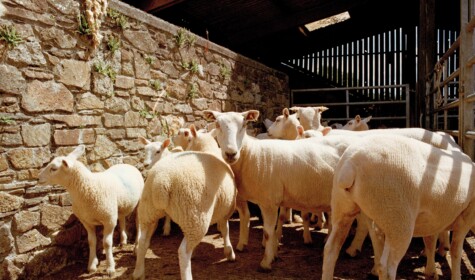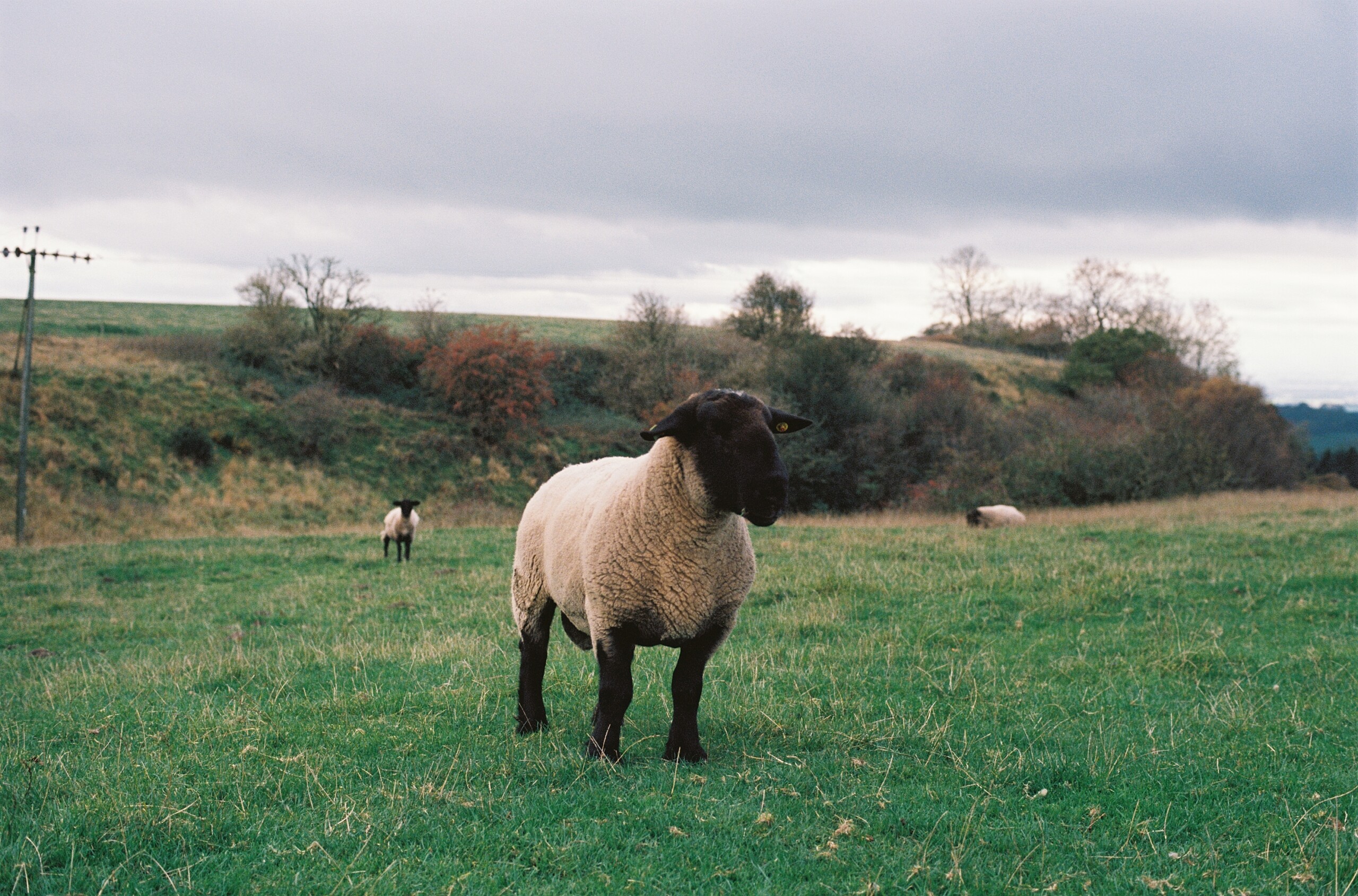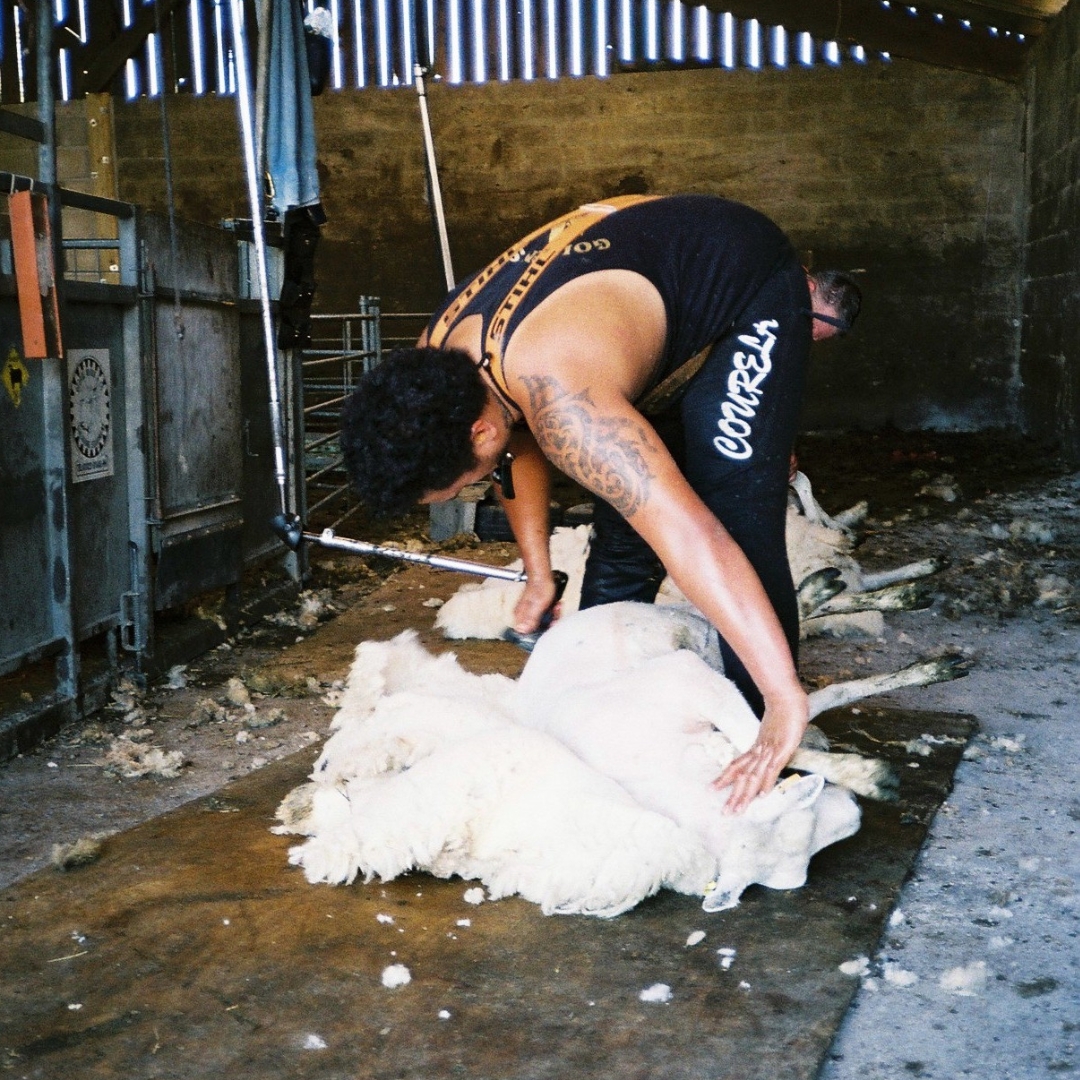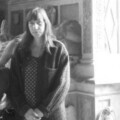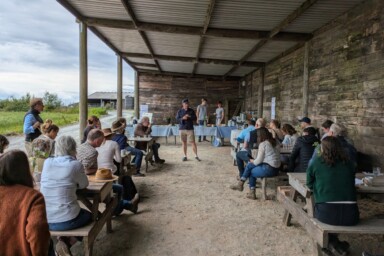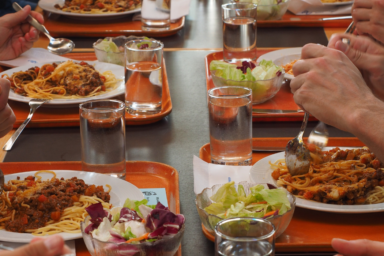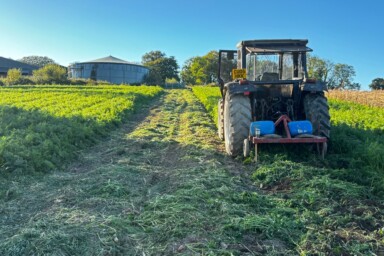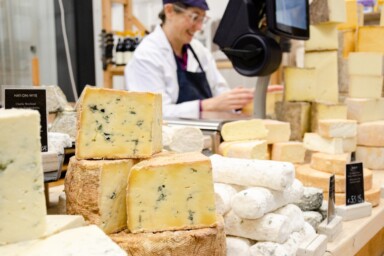Julie Baber, who raises rare breed sheep in Somerset, covers some key discussions from this year’s Oxford Real Farming Conference, looking at why we must move beyond the perception of wool as a low-value by-product of the meat industry.
Wool, with its unique natural properties, is one of our most versatile and historically important materials, having a huge range of uses – from clothing to insulation.
Yet, of the 100 million tonnes of fibre consumed worldwide each year, only 1% is wool and 0.001% is UK wool. The vast majority of fibres, around 70%, are made from plastic. Over the last 70 years, the auction price for British wool has dropped from around £16 per kilo to less than £1 per kilo as this wonderful material is replaced with synthetic fibres. As Andrew Hogley, CEO of British Wool, remarked at this year’s Oxford Real Farming Conference (ORFC), “Plastics are the enemy.”
Andrew was speaking as part of a session at the ORFC focusing on the need for sheep’s fleece to become more than a by-product of the meat industry. Proposed by the SFT’s Megan Perry and Julie Baber of Pigsmoor Farm, the session brought together 100 delegates and a diverse panel of speakers to discuss the catastrophic decline in value of wool – a resource once considered so important to the British economy, that the Speaker of the House of Lords still sits on a sack of it.
Chaired by SFT Policy Director, Lesley Mitchell, the session kicked off with some startling facts and figures from Andrew Hogley, highlighting the extent to which natural fibres have been supplanted by plastics – a particularly concerning trend in view of research highlighting synthetic textiles as the largest known source of marine microplastic pollution.
